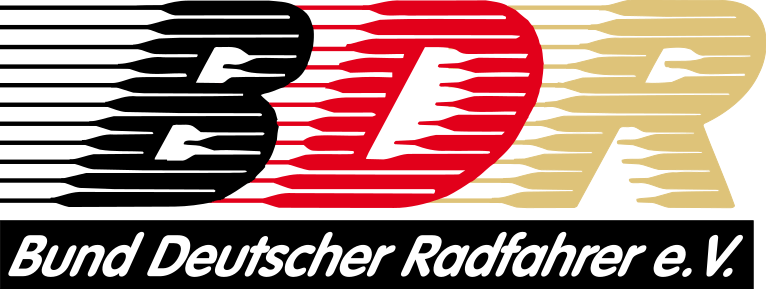Respiratory mechanical and cardiorespiratory consequences of cycling with aerobars
(Atemmechanische und kardio-respiratorische Folgen des Radfahren mit Aerolenkern)
Purpose Aerobars place a cyclist in a position where the trunk is flexed forward and the elbows are close to the midline of the body. This position is known to improve cycling aerodynamics and time trial race performance compared with upright cycling positions. However, the aggressive nature of this position may have important cardiorespiratory and metabolic consequences. The purpose of this investigation was to examine the respiratory mechanical, ventilatory, metabolic, and sensory consequences of cycling while using aerobars during laboratory-based cycling.
Methods Eleven endurance-trained male cyclists (age, 26 ± 9 yr; V.O2peak, 55 ± 5 mL/kg·min) were recruited. Visit 1 consisted of an incremental cycling test to determine peak power output. Visit 2 consisted of 6-min bouts of constant load cycling at 70% of peak incremental power output in the aerobar position, drop position, and upright position while grasping the brake hoods. Metabolic and ventilatory responses were measured using a commercially available metabolic cart, and respiratory pressures were measured using an esophageal catheter.
Results Cycling in the aerobar position significantly increased the work of breathing (W b), power of breathing (P b), minute ventilation, ventilatory equivalent for oxygen and carbon dioxide, and transdiaphragmatic pressure compared with the upright position. Increases in the W b and P b in the aerobars relative to the upright position were strongly correlated with the degree of thoracic restriction, measured as the shoulder-to-aerobar width ratio (W b: r = 0.80, P = 0.01; P b: r = 0.69, P = 0.04).
Conclusions Aerobars significantly increase the mechanical cost of breathing and leads to greater ventilatory inefficiency compared with upright cycling. Future work is needed to optimize aerobar width to minimize the respiratory mechanical consequences while optimizing aerodynamics.
© Copyright 2017 Medicine & Science in Sports & Exercise. Lippincott Williams & Wilkins. Alle Rechte vorbehalten.
| Schlagworte: | Radsport Sportgerät Aerodynamik Relation Atmung Herz Kreislauf |
|---|---|
| Notationen: | Ausdauersportarten Biowissenschaften und Sportmedizin |
| DOI: | 10.1249/MSS.0000000000001393 |
| Veröffentlicht in: | Medicine & Science in Sports & Exercise |
| Veröffentlicht: |
2017
|
| Jahrgang: | 49 |
| Heft: | 12 |
| Seiten: | 2578-2584 |
| Dokumentenarten: | Artikel |
| Sprache: | Englisch |
| Level: | hoch |
